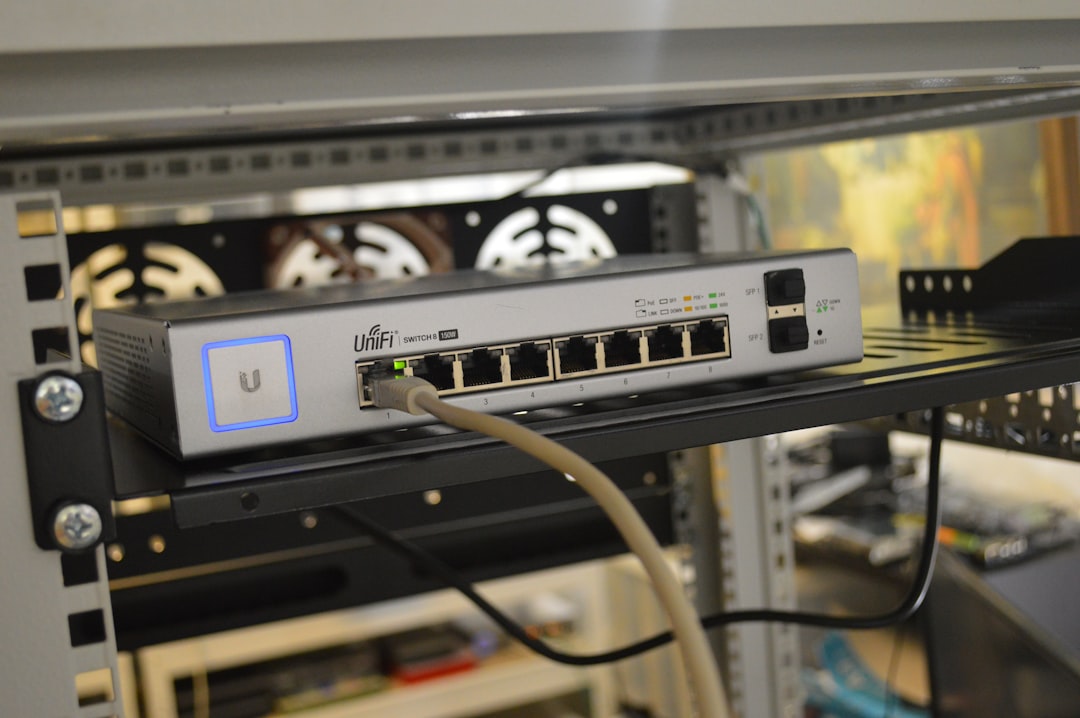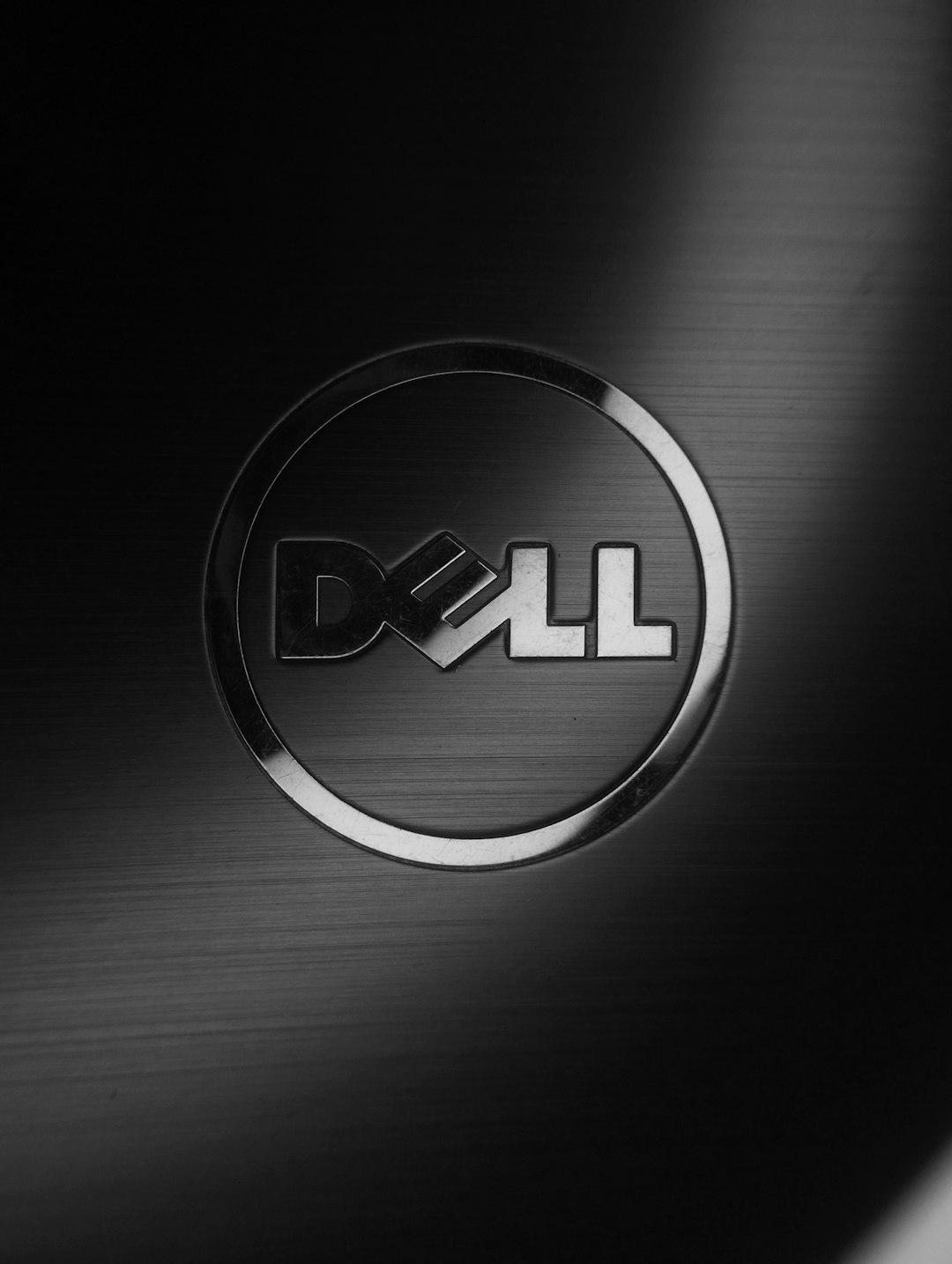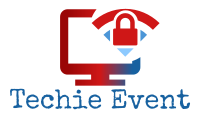Choosing the right control panel for your dedicated server is a crucial decision that impacts performance, security, scalability, and ease of use. A control panel serves as the central hub for managing your server and web hosting environment. Whether you are running a single website or managing multiple client accounts, the right set of features makes all the difference.
Below are the most important features to look for when selecting a control panel for your dedicated server.
User-Friendly Interface
A well-designed user interface is essential for efficient server management. The panel should offer an intuitive layout, clear navigation menus, and automation tools to streamline routine tasks. Even seasoned system administrators benefit from a dashboard that allows quick access to key functions and performance data.
Look for:
- Graphical dashboard with real-time server stats
- Quick-start wizards for common actions
- Support for both GUI and command-line access
Robust Security Features
Security should never be optional. A good control panel must offer built-in tools for managing user roles, applying patches, enabling firewalls, and detecting threats. Make sure the software provider regularly updates the control panel to guard against emerging vulnerabilities.
Essential security features include:
- Two-factor authentication (2FA)
- Automatic backup and restore functionality
- SSL management and configuration
- Intrusion detection and malware scanning

Resource Monitoring and Alerts
Monitoring CPU usage, RAM, bandwidth, and storage is critical in a dedicated server environment. A strong control panel offers real-time resource visualization and customizable alerts for performance degradation or unusual behavior.
Make sure the panel provides:
- Graphs and logs of server resource usage
- Email or SMS notifications for high load warnings
- Historical data reports for performance trend analysis
Comprehensive Domain and DNS Management
Your control panel should make it easy to manage domains, subdomains, and DNS zones without requiring manual configuration via terminal commands. DNS misconfiguration can cause major issues, so having a reliable GUI-driven tool is invaluable.
Key components:
- Point-and-click domain additions
- DNS zone editor with A, MX, and CNAME record management
- Support for wildcard and custom DNS records

Email and Database Management
Managing email accounts and databases is a frequent task for administrators and hosting clients. The ability to set up, configure, and troubleshoot these services from a unified control panel saves time and reduces errors.
Important features to seek include:
- Full support for MySQL, MariaDB, and PostgreSQL
- Webmail integration and spam filtering options
- Database creation, user access controls, and import/export tools
Scalability and Multi-Account Support
If your business or client base is growing, scalability is key. A quality control panel should be capable of managing multiple user accounts, domains, and websites. It should also support resource limits per user to maintain balanced server performance.
Administrative controls should allow account segmentation, user-level permissions, and isolation to ensure stability and security within a multi-user environment.
Extensibility and Integrations
Modern server control panels often come with an array of plugins or extensions. These enable additional functionality such as third-party monitoring tools, support ticket systems, billing platforms, and more.
Choose a control panel that:
- Supports API-based integrations
- Has a vibrant user or developer community
- Offers a marketplace with add-ons
Reliable Support and Documentation
When issues arise, responsive support can make all the difference. Look for control panels developed by reputable companies offering quality documentation, active user forums, and prompt customer service.
24/7 support availability and detailed knowledge bases can reduce the learning curve and accelerate troubleshooting efforts.
Conclusion: Selecting a dedicated server control panel isn’t just about features — it’s about dependability, security, and long-term value. Focus on scalability, intuitive design, and proactive security measures to ensure your infrastructure remains robust and manageable as your operations grow. Investing in the right control panel today can save considerable time and operational costs tomorrow.
